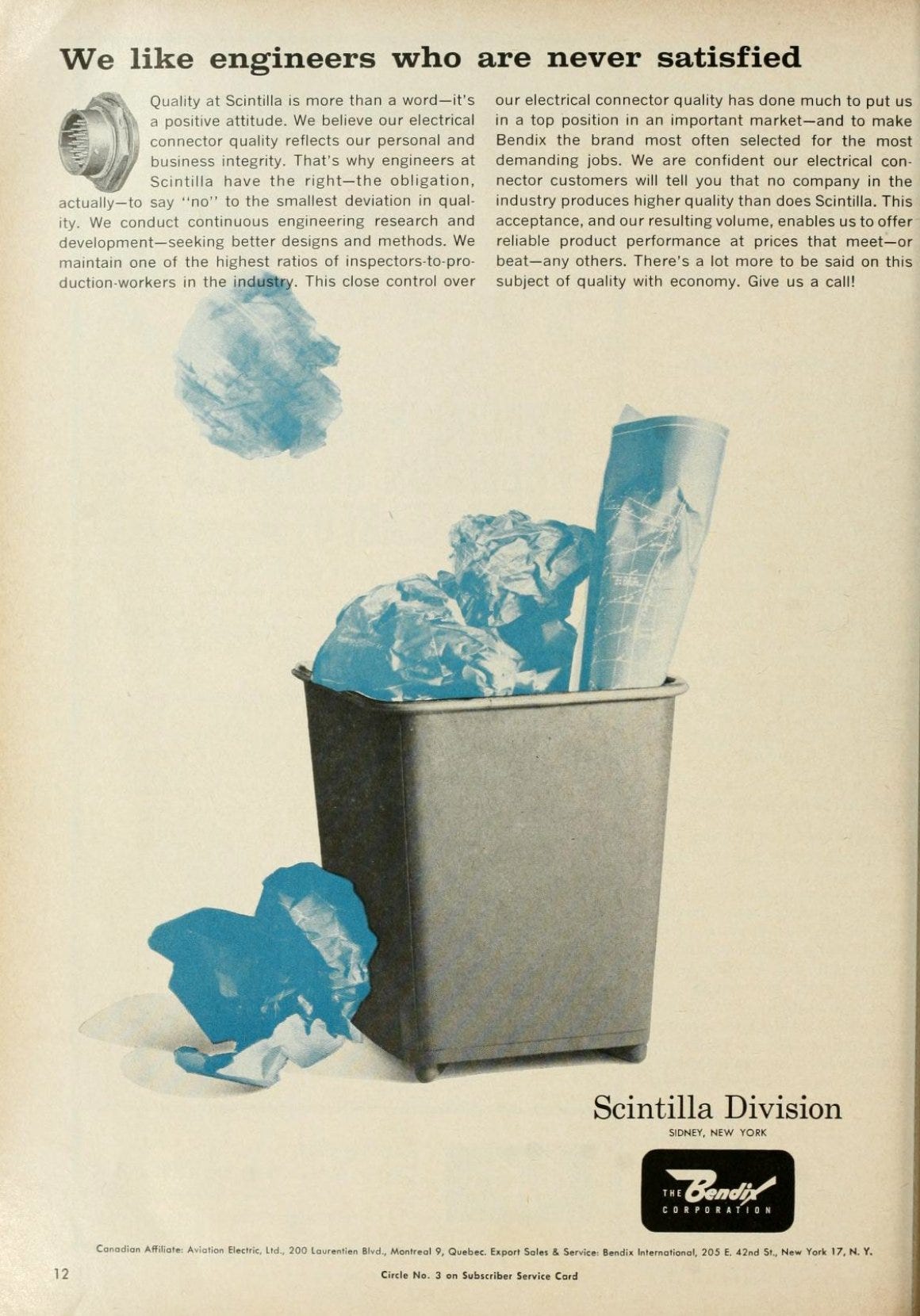CL: CUI
Intel of Note
Muda
Muda is a Japanese term that roughly translates to “waste.” An organization (or individual) that is wasteful leaves money on the table. Eliminating waste is a key concept in Lean Management Systems which are all about efficiency. The most well-known of these Lean Systems is the Toyota Production System or TPS.
There are two basic types of Muda along with 7 forms. The 7 forms of waste are:
Transportation - Moving an item unnecessarily and without adding value to it. This introduces the risk of damage, loss or delay
Inventory - While some inventory may be required think of inventory as money spent that has not produced any income yet
Motion - Damage that occurs during the production process. This includes damage to tools and personnel
Waiting - A product or person that is waiting for the next step of the process
Over Processing - Processing an item more than is required
Overproduction - Producing something before it is needed
Defects - Producing a defective item
Each of those categories produces waste in a unique way. Within those 7 core categories, items can be further organized into two types
Non-Value Added Work that is not required by the end-user or
Non-Value Added Work that is required by the end-user/customer
Value-Added Work is any action that is taken upon an item that adds value to it or improves it in some way. Sometimes there is work that must be done to an item that does not add value to it. This sort of Muda is the hardest to eliminate. It is vital that this sort of work be as efficient and effective as possible. Removing waste from processes, if done properly, can lead to a myriad of improvements including, a reduction in the overall cost of operations. However, it is possible to take the elimination of waste too far. When pursuing innovation & improvement make sure to do so with extreme care & foresight.
Considerations
Where can you see waste in your own operations?
How can you move to eliminate it?
Keystone Habits
Keystone Habits are foundational tools in that other habits, systems & methodologies can be built upon or around them. KHs should be a strategic action tailored to suit the required objective and assist in its completion. KHs are the 20% of habits that yield 80% of the desired results. A KH can be thought of as a repeated action that helps shape the environment for the success of an objective.
While good habits, in general, are important. KHs have distinct characteristics that set them apart:
They make it easier to start other habits
They are simple enough that having multiple does not cause a sense of being overwhelmed
Large enough that they build self-efficacy or confidence in one's own abilities.
A well-designed KH should make it easier to complete the habit than it is to deal with the aftermath of failing to complete it.
Considerations
Are there Keystone Habits that are already in place?
Are there Keystone Habits that should be in place?
Do the existing Keystone Habits need updating?





